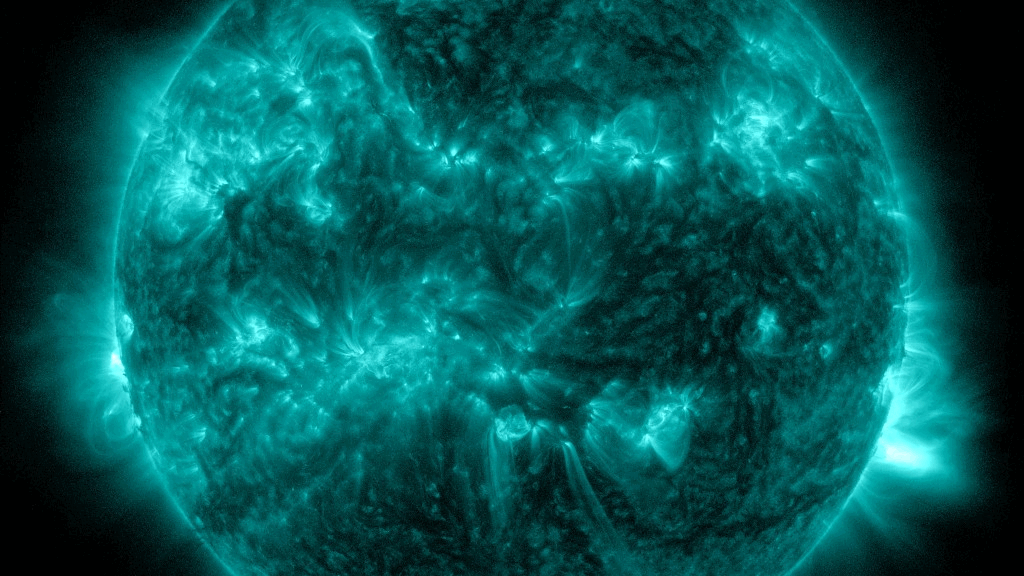
All eyes have now shifted to the eastern limb of the sun, as a strong X2.9-class flare fired off from newly numbered sunspot region AR3685 on Wednesday (May 15).
Solar flares are intense bursts of electromagnetic radiation that originate from sunspots on our sun's surface. They are classified into lettered groups according to their size, with X-class flares being the most powerful. Within each of these classes, numbers from 1 to10 (and beyond for X-class flares) denote a flare's relative strength.

A shortwave radio blackout in conjunction with the latest event was reported over mostly the Atlantic Ocean and also noted across western Africa, Europe, and the central and eastern United States. A coronal mass ejection (CME) was fired off as well, but with the position of this sunspot region, it's not directed at Earth, minimizing impacts compared to what we saw with this past weekend's historic geomagnetic storms. Forecasters at the National Oceanic and Atmospheric Administration’s (NOAA) Space Weather Prediction Center shared in a morning forecast that they've noted a few other sunspot regions visible at this time — but it's a waiting and watching game to see what happens next.
Related: How a giant sunspot unleashed solar storms that spawned global auroras that just dazzled us all
"These regions are either not affecting anything complex so far in our forecasters minds or they are also beginning to wane down a little bit on their level of activity,” Shawn Dahl, a service coordinator at the NOAA's Space Weather Prediction Center (SWPC), told Space.com over the phone. "We do know there are other regions back there, including the one that just rotated around the limb recently, and we'll see if they survive and how strong they might be."

The SWPC reported Thursday morning that geomagnetic storm conditions elevated to a G2 level overnight, a typical level issued for a "moderately intense disturbance" to Earth’s magnetic field. While conditions were nowhere near what we saw Friday and Saturday, there were reports of some parts of the US like in Colorado that were able to catch a glimpse of the northern lights.
If you're an aurora chaser, don’t give up hope just yet for backyard viewing. Scientists say there’s still plenty of time for solar activity to ramp up during this solar cycle.
"We're in solar maximum. We don't know when the peak is going to be — if it's sometime this year or early next," Dahl said. "The chance to continue to see sunspot groups that can produce a lot of activity are going to continue here and we just evaluate them day by day."







